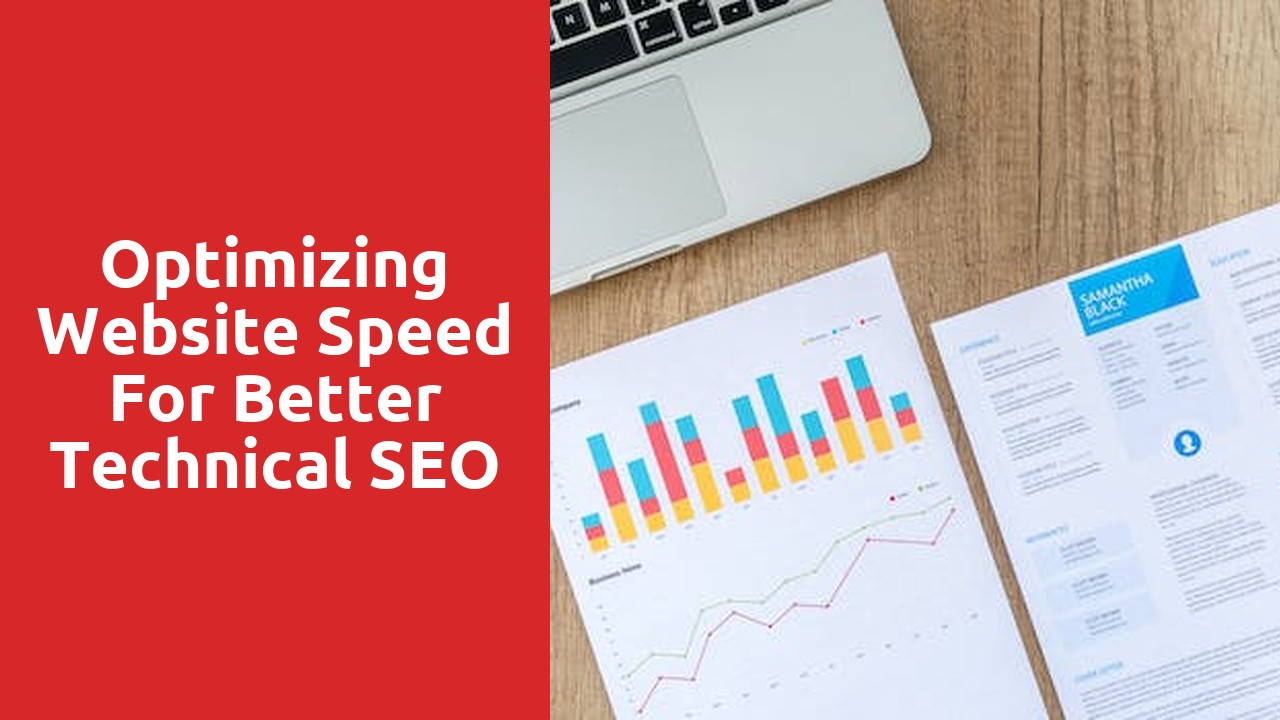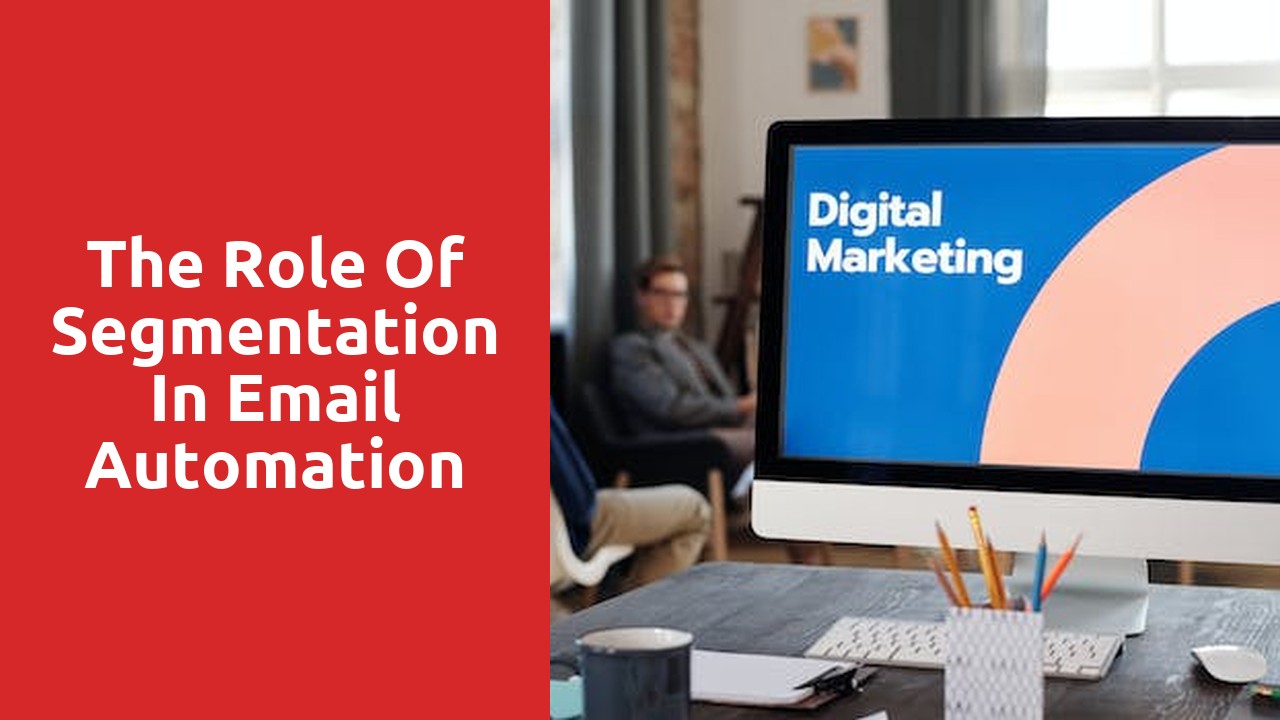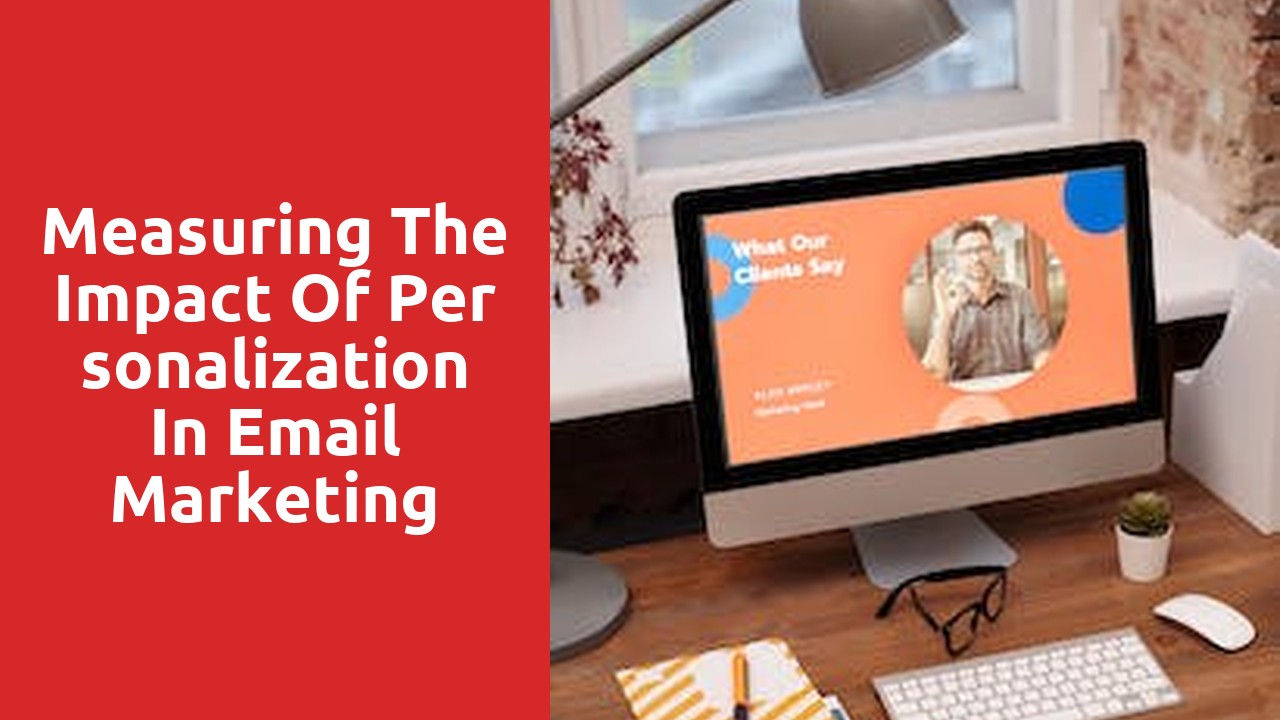Understanding the Power of Segmentation in Email Automation
Segmentation in email automation is a powerful tool that can significantly impact the effectiveness of your email marketing campaigns. By dividing your subscriber list into smaller, targeted segments based on various criteria, you can tailor your emails to better meet the specific needs and interests of each group. This personalization not only increases engagement with your audience but also improves the chances of converting leads into customers.
One of the main benefits of segmentation is the ability to deliver more relevant content to your subscribers. By understanding their preferences, demographics, and engagement history, you can send them emails that are specifically tailored to their interests. This level of personalization fosters a deeper connection with your audience, as they feel valued and understood. In turn, this can lead to higher open and click-through rates, ultimately boosting the overall success of your email campaigns.
The Benefits of Email Automation and Segmentation
Email automation and segmentation have revolutionized the way businesses communicate with their customers. By utilizing automation tools, companies can streamline their email marketing efforts and save valuable time and resources. With automation, emails can be sent automatically based on predefined triggers such as user actions, specific dates, or other predetermined criteria. This enables businesses to deliver personalized and timely content to their customers, enhancing the overall email experience.
Segmentation, on the other hand, allows businesses to divide their email lists into smaller, more targeted groups based on specific criteria such as demographics, interests, or previous purchase behavior. By sending tailored content to different segments, businesses can ensure that each recipient receives emails that are relevant and meaningful to them. This not only increases the chances of engagement and conversions but also helps to build customer loyalty and satisfaction. With email automation and segmentation, businesses can maximize the impact of their email marketing campaigns and achieve greater success in reaching and connecting with their target audience.
How Segmentation Enhances Personalization in Email Marketing
Segmentation is a powerful tool that marketers can leverage to enhance personalization in email marketing. By dividing their subscriber list into smaller, more targeted groups based on specific criteria, such as demographics, purchase history, or engagement level, marketers can deliver more relevant content to their audience. This not only increases the chances of capturing the attention of the recipient but also improves the overall effectiveness of the email campaigns.
When emails are tailored to meet the unique needs and interests of different segments, customers are more likely to engage with the content and take the desired action. Through segmentation, marketers can create personalized experiences that resonate with their audience on a deeper level. Whether it’s a promotional offer based on the customer’s past purchases or content that directly addresses their pain points, segmentation allows marketers to deliver messages that truly speak to the individual. By tapping into the power of segmentation, marketers can unlock the full potential of email marketing and drive higher open rates, click-through rates, and ultimately, conversions.
Identifying Target Audiences for Effective Email Segmentation
One of the key components of successful email marketing campaigns is effective email segmentation. By identifying and targeting specific audiences, businesses can ensure that their emails are relevant, engaging, and personalized. However, before diving into the process of segmentation, it is crucial to first understand who your target audiences are and what makes them unique.
To start, conducting thorough market research is essential. This includes analyzing demographic data, such as age, gender, location, and income levels, as well as psychographic information, such as interests, preferences, and behavior patterns. By gaining a deep understanding of your audience’s characteristics and motivations, you can tailor your email content to resonate with their unique needs and desires.
Another way to identify target audiences is by studying past customer interactions. By analyzing data from previous email campaigns, website visits, or purchase histories, you can identify patterns and preferences that can help you segment your audience effectively. This data-driven approach allows you to create targeted email content that not only resonates with your audience but also drives higher engagement and conversion rates.
Strategies for Segmenting Your Email List
Segmenting your email list is a critical step in achieving effective email marketing. By dividing your subscribers into smaller, targeted groups based on their preferences, behavior, or demographics, you can tailor your messages to resonate with each segment. This approach allows you to deliver personalized content and relevant offers, ultimately boosting engagement, improving conversion rates, and nurturing stronger customer relationships.
One effective strategy for segmenting your email list is to use past purchase behavior as a criterion. By analyzing the types of products or services your subscribers have purchased in the past, you can create segments for specific product categories. For example, if you’re an online clothing store, you can segment your list into groups interested in women’s apparel, men’s fashion, or accessories. This segmentation enables you to send targeted emails showcasing new arrivals, exclusive discounts, or related content that aligns with their purchase history. Moreover, you can use this data to cross-sell or upsell complementary products, increasing the average order value and driving more revenue for your business.
Next paragraph missing.
Leveraging Customer Data for Effective Email Segmentation
Email marketing is a powerful tool for businesses to connect with their customers, but generic mass emails are no longer enough to captivate audiences. In order to make emails more personalized and relevant, leveraging customer data for effective email segmentation is crucial. By segmenting your email list based on different customer attributes and behaviors, you can create targeted campaigns that resonate with recipients and drive higher engagement and conversions.
One important way to leverage customer data is by segmenting based on demographics. Collecting information such as age, gender, location, and job title can provide valuable insights into your customer base. By tailoring your email content to fit the specific demographic groups within your audience, you can deliver messages that are more relatable and appealing to each segment. For example, a fashion retailer can segment their email list based on gender and send tailored recommendations to male and female subscribers, showcasing different types of clothing and accessories that are most likely to resonate with each group. This level of personalization can significantly improve open rates, click-through rates, and ultimately, sales.














